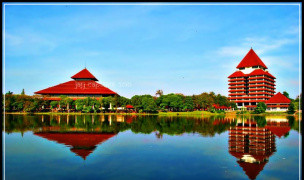 23 Terms
23 TermsHome > Industry/Domain > Astronomy > Moon
Moon
The Earth's only natural satellite. The moon has a cold, dry orb covered with many lunar craters and strewn with rocks and dust. The moon has no atmosphere. But recent lunar missions have found plenty frozen water on the moon.
Industry: Astronomy
Add a new termContributors in Moon
Moon
opposition
Astronomy; Moon
A specific point in time when a moon or planet is 180 degrees away from the Sun, on the other side of the Earth. The Moon is full when it is in opposition (opposite of con, junction).
orbital eccentricity
Astronomy; Moon
The degree to which an elliptical orbit is elongated. Measured by the distance between the foci divided by the major axis.
partial eclipse
Astronomy; Moon
A lunar eclipse in which the Moon only partly enters the dark, umbral shadow of the Earth but is inside the secondary, penumbral shadow. Also refers to a solar eclipse when the Moon does not line up ...
perigean tide
Astronomy; Moon
The high tide of the month that occurs when the Moon is at tide perigee or closest to to Earth.
Featured blossaries
marija.horvat
0
Terms
21
Blossaries
2
Followers
"Belupo" pharmaceutical company
 23 Terms
23 Termsstanley soerianto
0
Terms
107
Blossaries
6
Followers
Top University in Indonesia
 10 Terms
10 Terms
